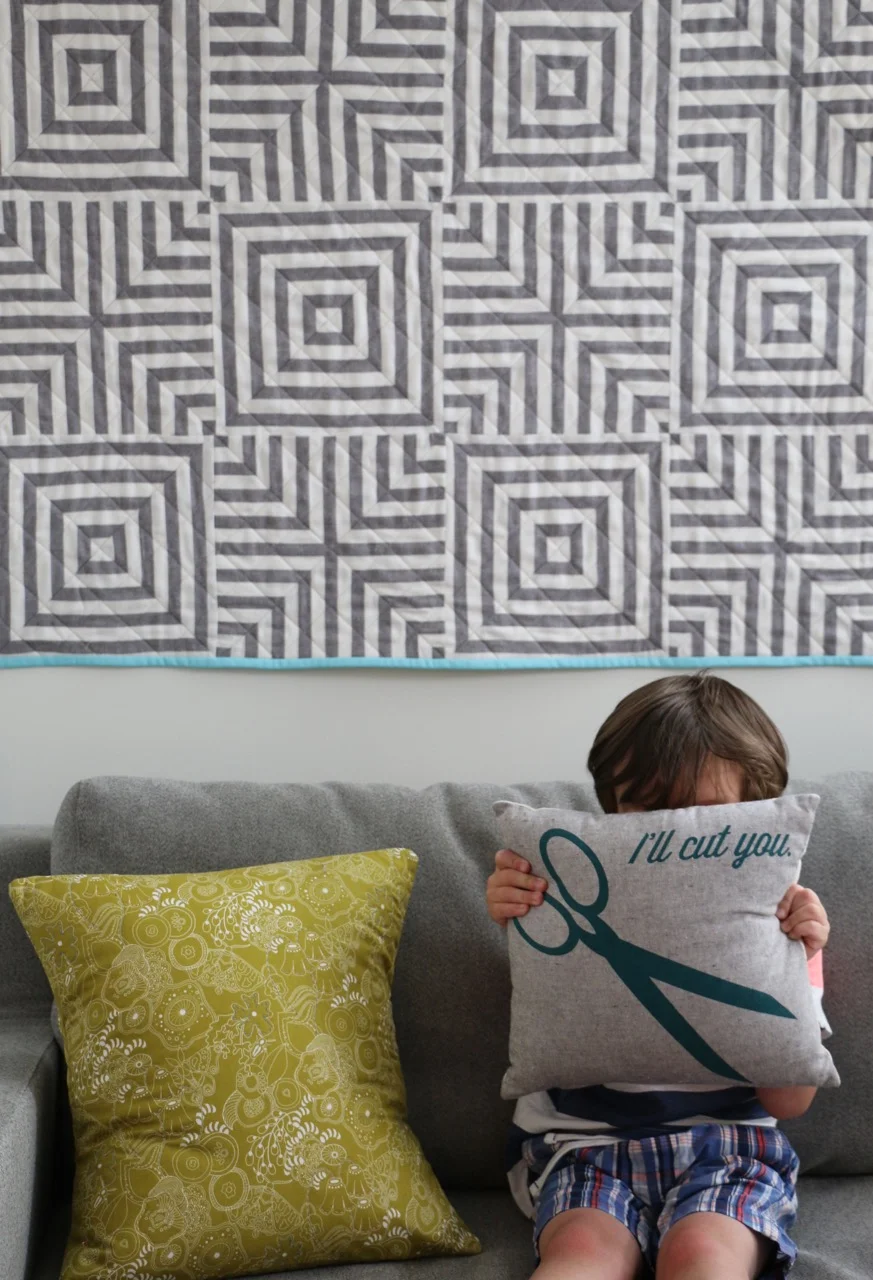In the wake of the US election I, like many others, felt compelled to make. I needed the comfort of sewing more than anything else. The familiarity, the creation, the time alone with my thoughts. Rather than start something new I decided to pull out some very meaningful blocks. After sharing them on Instagram I had a few requests for a block tutorial. With my compulsion to create in overdrive I decided to make a video tutorial.
Feel free to make your own March On blocks. Any shape, any size. These instructions are for roughly a 9 1/2'' square block, but they will vary. If you want smaller, start smaller. If you want bigger, start bigger. They go together quickly so without any trouble you will have yourself your own solidarity march in no time.







